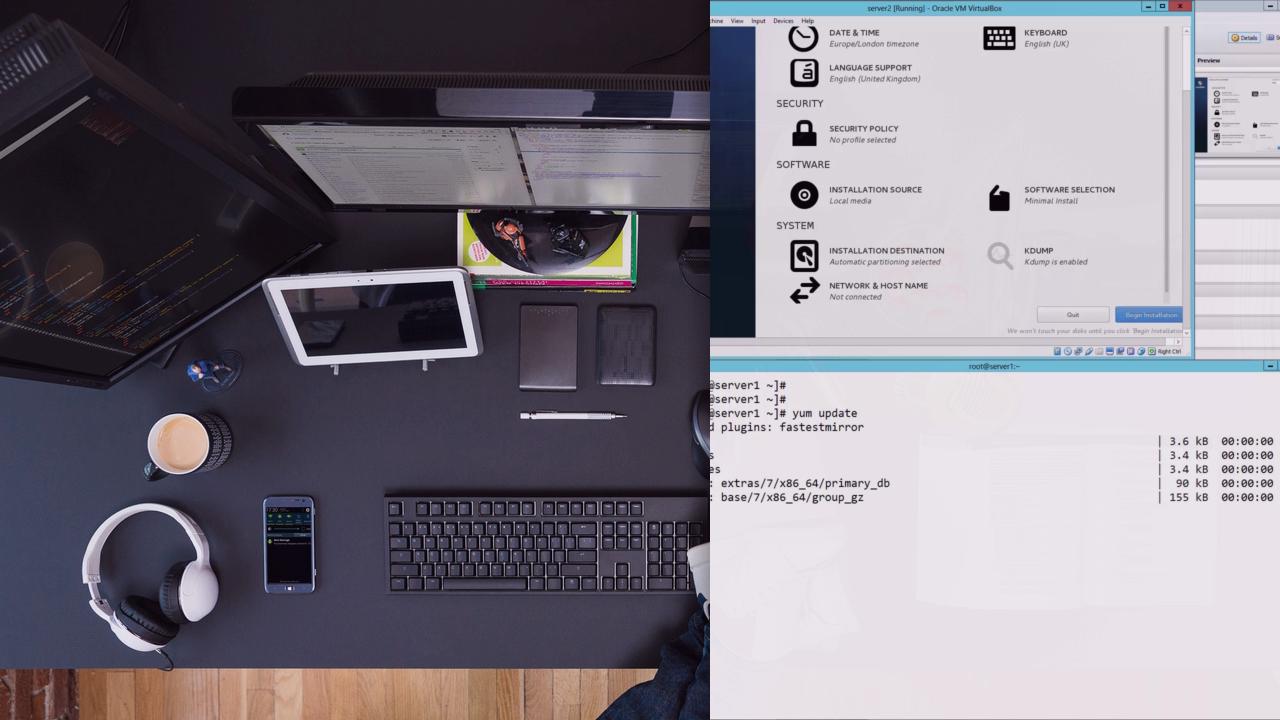


- #Learning red hat enterprise linux how to
- #Learning red hat enterprise linux update
- #Learning red hat enterprise linux software
- #Learning red hat enterprise linux license
- #Learning red hat enterprise linux professional
In short, you need minimal things to get started with Linux. However, we recommend having at least dual-core machine, 15 GB hard disk and 2 GB of RAM for optimal learning performance. Any basic machine with single-core CPU, 128 MB of memory and few GBs of harddisk can run Linux. The requirements are also low when it comes to hardware.
#Learning red hat enterprise linux how to
That means if you know how to operate a computer and its components, you are good to go.Īnyone with the knowledge on how to browse the web can successfully go through the Linux learning resources. To get started with Linux, you need to have basic computer skills. Learn Linux: Prerequisite for studying Linux You can get started by creating your very first Linux-based project. Our creators program lets you share and learn at the same time. On the Education Ecosystem, you get to explore the possibility of reaching the intermediate Linux learners. This is where you can get the chance to share your knowledge. Teach OthersĮven in 2019, we have a huge demand for projects that add value to the learner’s experience. If you become proficient in Linux, you are bound to get exposure as a developer.
#Learning red hat enterprise linux software
Improve success at careerĪs Linux is seen as an ideal OS for development, it also improves your chances of improving your career.Īt software development companies, it is common to have Linux as a necessary skill.
#Learning red hat enterprise linux professional
This also means that as a learner, you need to learn Linux for your professional career. It supports all major programming language.Īlso, companies use Linux as the primary OS when it comes to software development and deployment. With Linux, they get a playground to try out new things. If you use Linux, you may not have to buy any software. Linux ecosystem is big, and you can find the application(s) to do everything you want! It can even run on old computers.Īpart from the operating system itself, you don’t have to pay for the applications. The only prerequisite is to have a machine that is capable of running Linux.
#Learning red hat enterprise linux license
Unlike Windows or other paid operating system, there is no license fee.Īll you need to do is download Linux and get started. This means that you do not have to pay anything for it. Linux is a free-to-use open-source operating system. If you have an inquisitive nature and a curious personality, you are going to love what it has to offer! 2. It will not stop surprising you when it comes to learning something “new.” Let’s list the reasons to learn Linux below.

Linux is a high-performance operating system based on UNIX.Īs a learner, you are bound to benefit from Linux. Why learn Linux? Benefits of learning Linux It lets you explore an uncharted territory where you are bound to learn new things. Today, we will explore the topic of learning Linux, and also list the top Linux distros. Project creators on Education Ecosystem also prefer to use Linux for developing projects. Linux is an open-source operating system that is quite popular among developers.
#Learning red hat enterprise linux update
It is intended for system administrators and developers who are comfortable with RHEL6 and wish to update their skills on the new topics. This course that focuses on the new technologies and features that made their appearance in Red Hat Enterprise Linux v7.


 0 kommentar(er)
0 kommentar(er)
